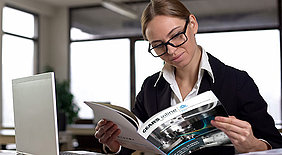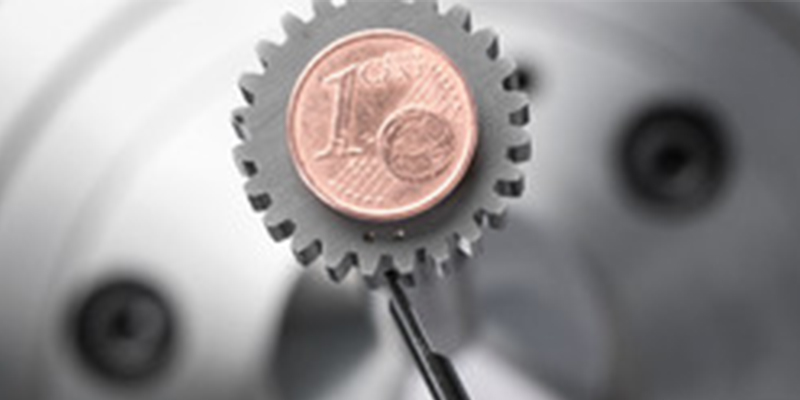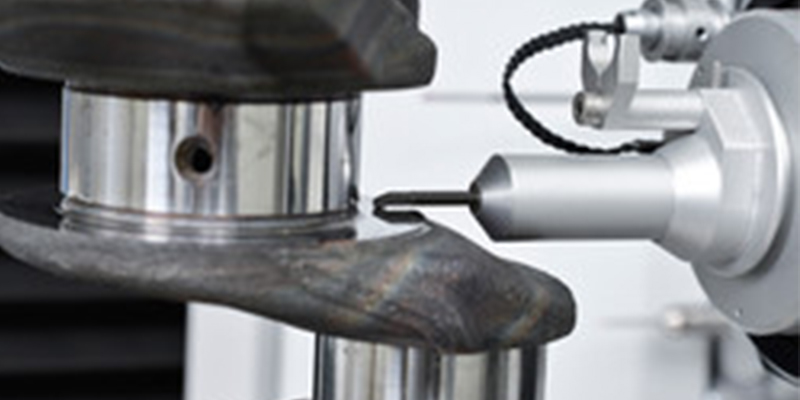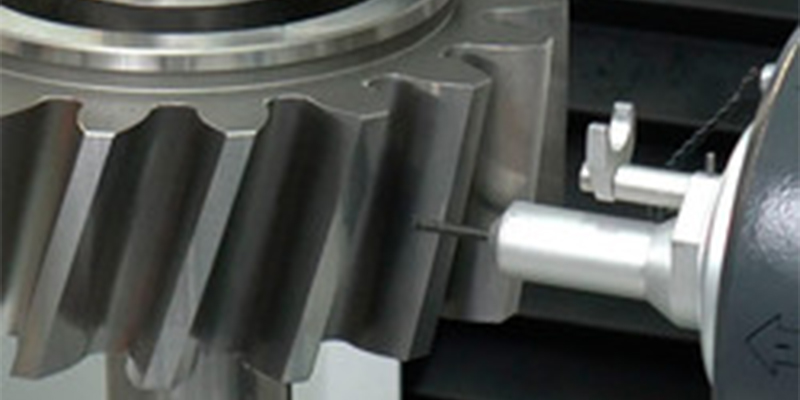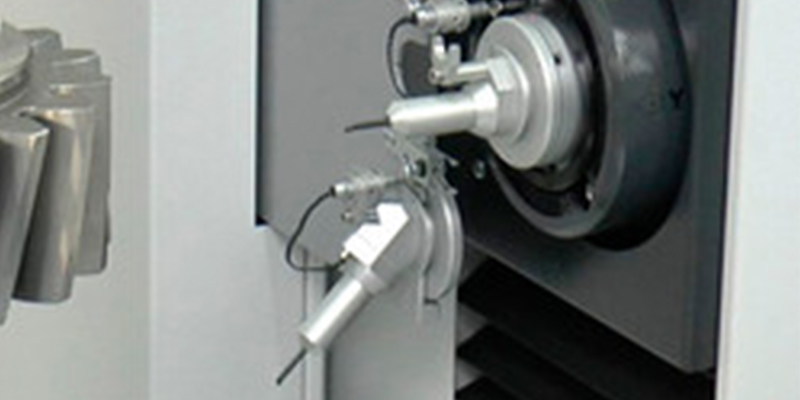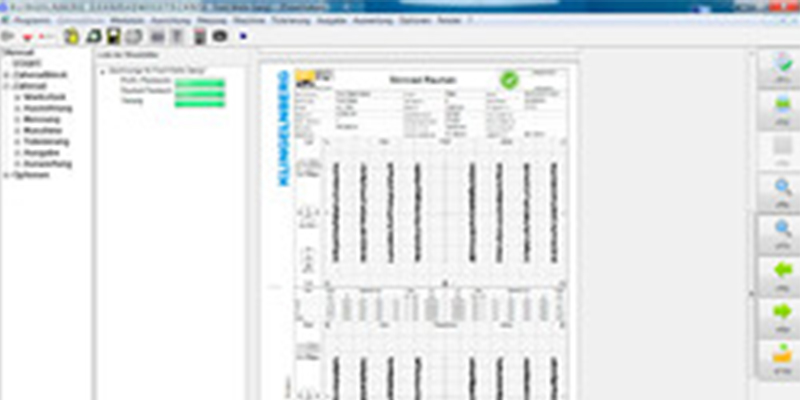In this latest edition, issue 9, of the GEARS inline Customer Magazine, Klingelnberg once again presents all sorts of trends and innovations from the world of gears. This time, the machine manufacturer focuses primarily on the hot topic of noise behavior and analysis.
Over the course of the last few years, noise behavior in gears has received more and more attention. This led to the development of a comprehensive methodology for evaluating the running behavior of gears and gearboxes. It soon became apparent, however, that the physical variables for noise assessment were becoming less and less meaningful for running behavior. Sounds that scarcely differ in their physical measurands can be perceived as pleasant or highly annoying. The methods of psychoacoustics are used to describe auditory perception in a way that is appropriate for the human ear. Instead of sound pressure in decibels, psychoacoustics describes the loudness, sharpness and tonality of a sound experience. For fact-driven engineers, the foray into psychoacoustics is well outside their comfort zone, but it is a worthwhile challenge, and one that Klingelnberg addresses for the first time in the current GEARS inline Magazine.
But Klingelnberg doesn’t get bogged down in theoretical observations in the individual articles of the Magazine. Instead, the system supplier shows which production methods are used to influence noise behavior and how noise can be measured to generate an acoustic pattern that we humans perceive as pleasant.
The current issue also includes many other fascinating articles on a range of topics, including the unveiling of a new software application for Curvic® Couplings, hard finishing of large internal teeth, the Quiet Surface Shifting (QSS) method for targeted modeling of a gear’s surface, the Klingelnberg All-in-One production system for cycloids, the measuring technology in the new Höfler Cylindrical Gear Roll Testing Machine R 300, and the evolution of Klingelnberg’s Japanese subsidiary and its almost 70-year-long history of success.
The latest GEARS inline – order now!
You can now order the latest issue from the Klingelnberg Marketing department. Simply send an e-mail to marketing(at)klingelnberg.com with “GEARS inline” in the subject line. We hope you enjoy reading the new issue!

